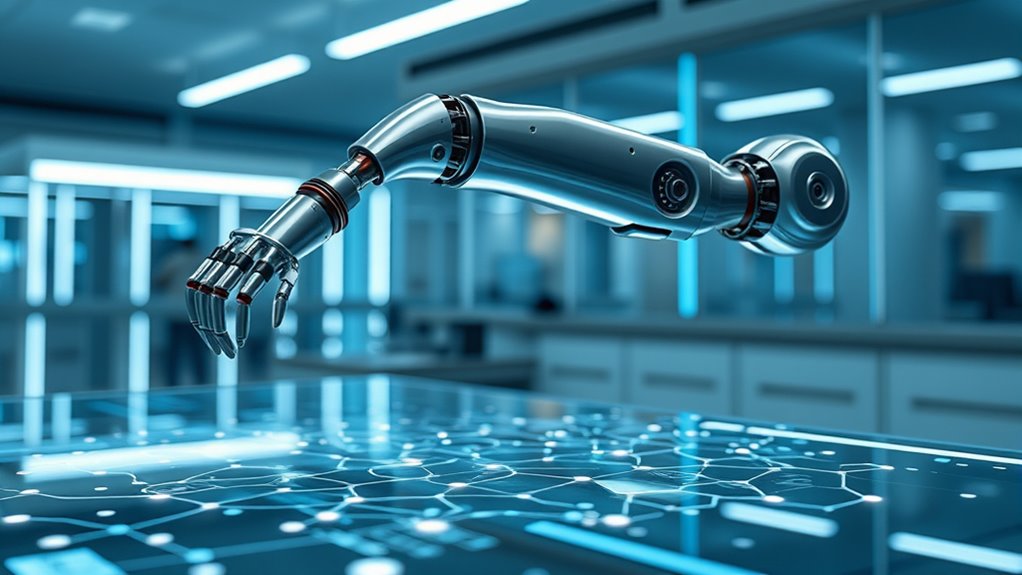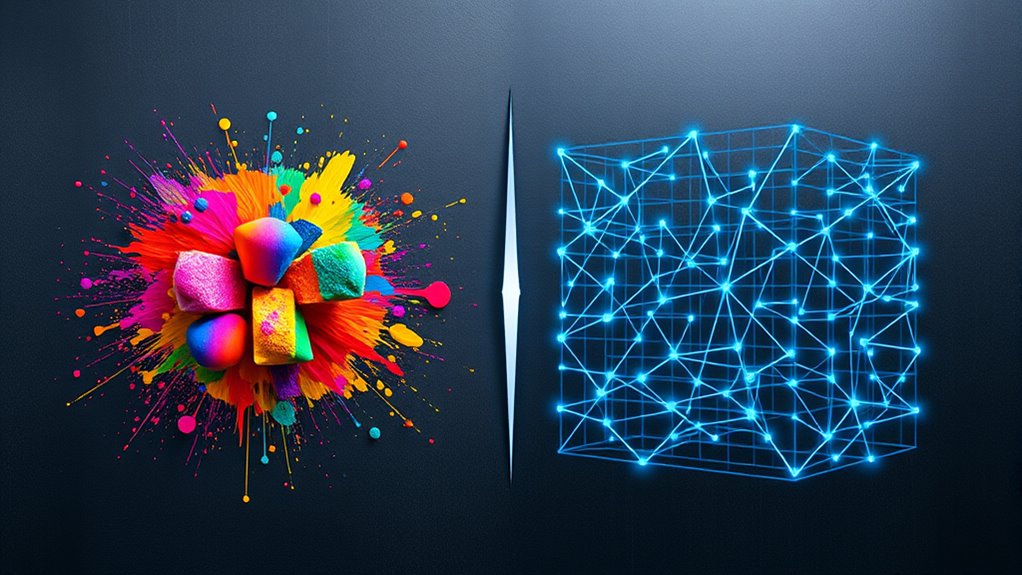Although technology is advancing rapidly, Artificial Intelligence, or AI, remains a fascinating topic with different types to explore. AI isn’t just one thing; it’s a range of systems with unique abilities and limits. Some are already part of daily life, while others are still ideas for the future. Let’s explore the main types of AI that scientists and engineers talk about today.
First, there’s Narrow AI, also called Weak AI. This type focuses on specific tasks. Think of Siri or Alexa helping with questions or facial recognition accessing phones. It’s great at things like analyzing data or automating jobs in businesses. But it can’t do anything outside its set job. It’s everywhere, making life easier, yet it lacks the broader thinking humans have. Learning to program Narrow AI often starts with mastering Python programming language to build and deploy these specialized systems.
Then, there’s General AI, or AGI. This is a dream for many researchers. It’d be an AI with human-like smarts, able to learn and solve problems across different areas. It’s not here yet, but if it happens, it could change fields like healthcare or education. Scientists are working hard to figure out how to make this a reality. The development of AGI might rely on advanced technologies like quantum computing to achieve its goals quantum computing.
Artificial Superintelligence, or ASI, takes things even further. It’s a future idea of AI that’d be smarter than any human. It’s not real yet, and it raises big questions about safety and control. People debate if it’d be helpful or risky for the world. Many experts are also concerned about ensuring that such advanced AI aligns with human values and ethics aligns with human values.
Other types include Reactive Machine AI, which reacts instantly but doesn’t remember anything. Early chess computers are an example. Limited Memory AI, on the other hand, learns from past data. It’s used in self-driving cars to make quick choices.
Theory of Mind AI is still developing, aiming to understand human emotions for better interactions. Ultimately, Self-Aware AI, which might one day have its own awareness, remains a far-off concept.
Each type of AI shows how far technology has come and where it might go. From Narrow AI in phones to the distant idea of super-smart machines, AI’s variety keeps sparking curiosity. The future of these systems is something everyone’s watching closely as research pushes forward.









